Tamarstone
Where it all began - our inaugural project
In 2019
Tamarstone
one of the last flooding water meadows on the upper River Tamar was put up for sale. It had not been farmed for many years and was in our view a rich a habitat for plants and wildlife. As a water meadow it was important in the battle against flooding brought on by climate change and the mismanagement of land/drainage. There was a real danger that this little gem would be drained, fenced, turned into grazing and lost forever. Harnessing the power of crowdfunding KiW set about saving the meadow. Rob Thomas set up a funding account which caught the public attention and donations came in by the score. With over 670 contributions from the public and the generous assistance of The Liebreich Foundation and Phire Ltd we raised sufficient money to purchase the meadow. It will be now held by KiW in perpetuity for everyone to enjoy.
Take a couple of minutes to look at the Early Summer video recorded by Sarah Deere-Jones during the first pandemic lockdown AND we are very pleased to announce that our webcams have confirmed we have otters on the meadow.
Managing the meadow
Having secured the meadow we engaged the Devonshire Association to undertake a botanical survey and, as the following extracts demonstrate the meadow is home to an abundance of plants and insects.
Tamarstone is a fragment of the meadows that flourished alongside rivers and streams throughout the country forming important habitats for wildlife and slowing water flow thereby preventing or reducing flooding. Whilst it is small, our intention is that it should be a resource for seeds and plants to assist in the creation or restocking of other meadows and wetlands. Online interest has demonstrated the public's concern in losing such places and has confirmed that the meadow is a source of joy and inspiration to people who have been unable to travel during the pandemic.
- Much of the large field is damp/wet marsh that has strong affinities with the NVC (National Vegetation Classification) M27 Filipendula ulmaria - Angelica sylvestris mire plant community. The site contains extensive areas of tall herb communities dominated in parts by Meadowsweet, Common Valerian and Wild Angelica with patches of Yellow Iris, Reed Canarygrass , Soft-rush and Great Willowherb. Smaller areas of more open shorter vegetation support frequent Lesser Spearwort and Greater bird’s-foot-trefoil. The most notable species recorded was Wavy St John’s-wort.
- The southern boundary of the site is marked by a ditch and hedge bank supporting typical native trees and shrubs that include Pedunculate Oak, Hazel, Blackthorn, Rowan, Hawthorn and Rusty Willow with shade tolerant plants that include Foxglove, Enchanter’s-nightshade, Red Campion, Hedge Woundwort, Lady-fern, Soft Shield-fern, Male-Fern and Hardfern.
- Casual sightings included butterflies: Common Blue, Large White, Peacock, Red Admiral and larvae of Small Tortoiseshell. Dragonflies: Southern Hawker, Banded Demoiselle & Beautiful Demoiselle. Brown banded snail. Kingfisher.
These photographs and the above videos by Sarah Deere Jones are a glimpse of the meadow and the life it supports. As you scroll over them there is a little information about each photograph.
-
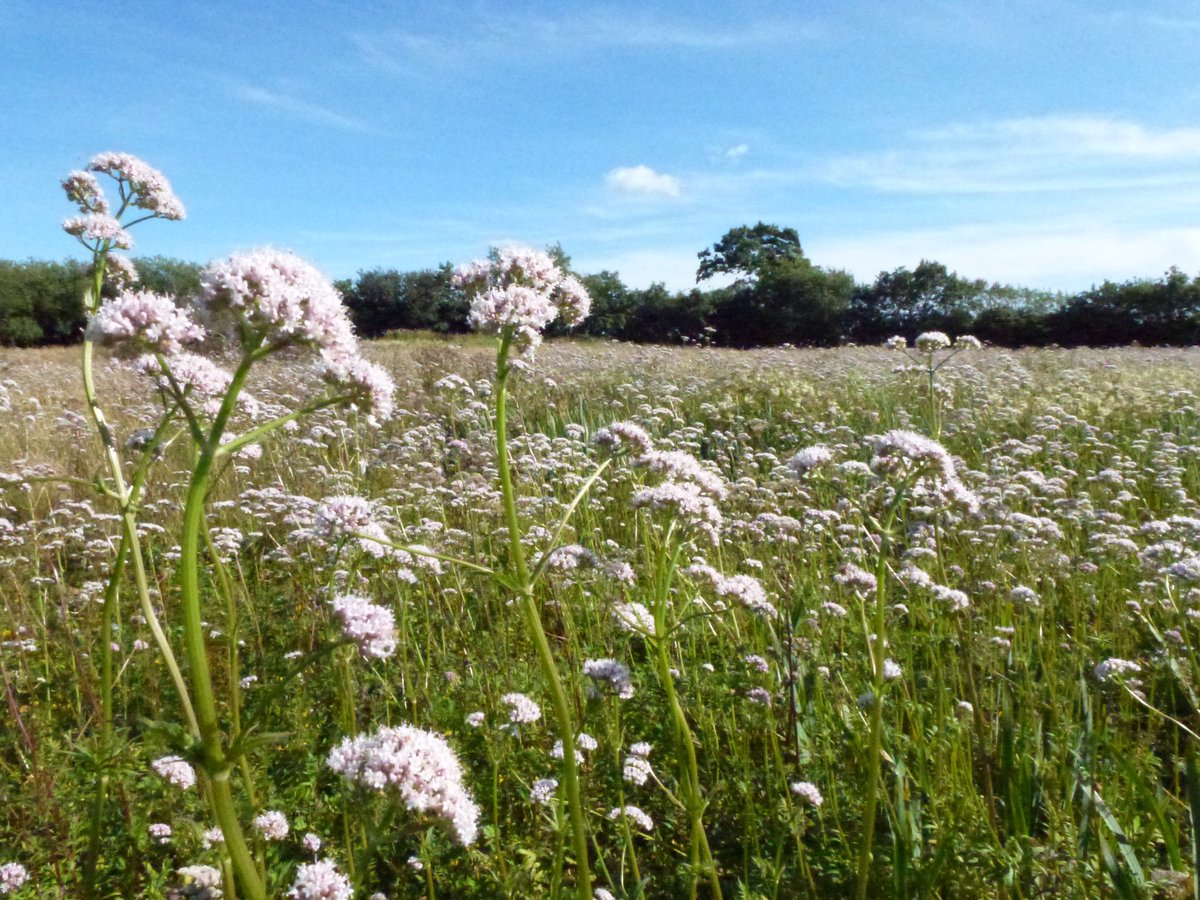
Tamarstone The meadow in summer -

Butterfly One of our visitors. -
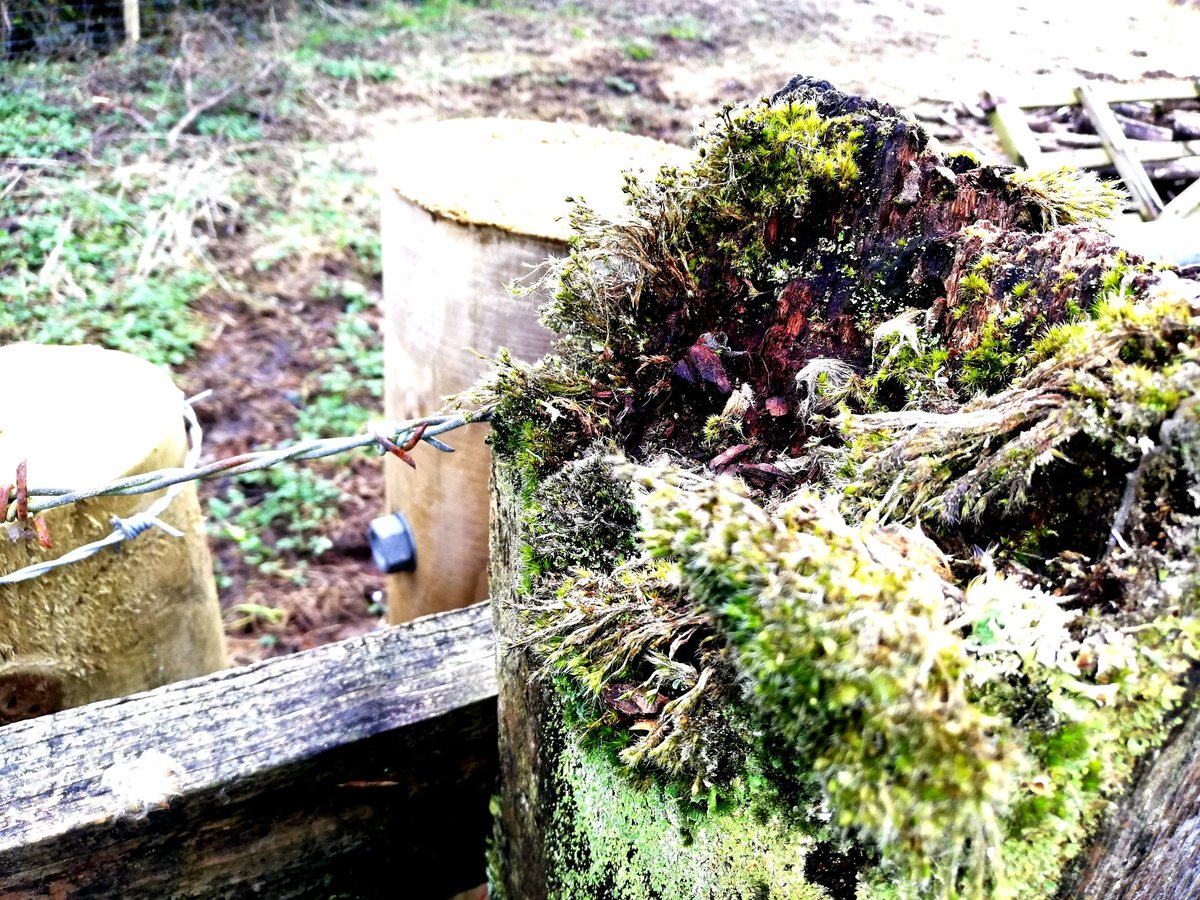
Fencing Replacing a fence but keeping the old lichen covered one -
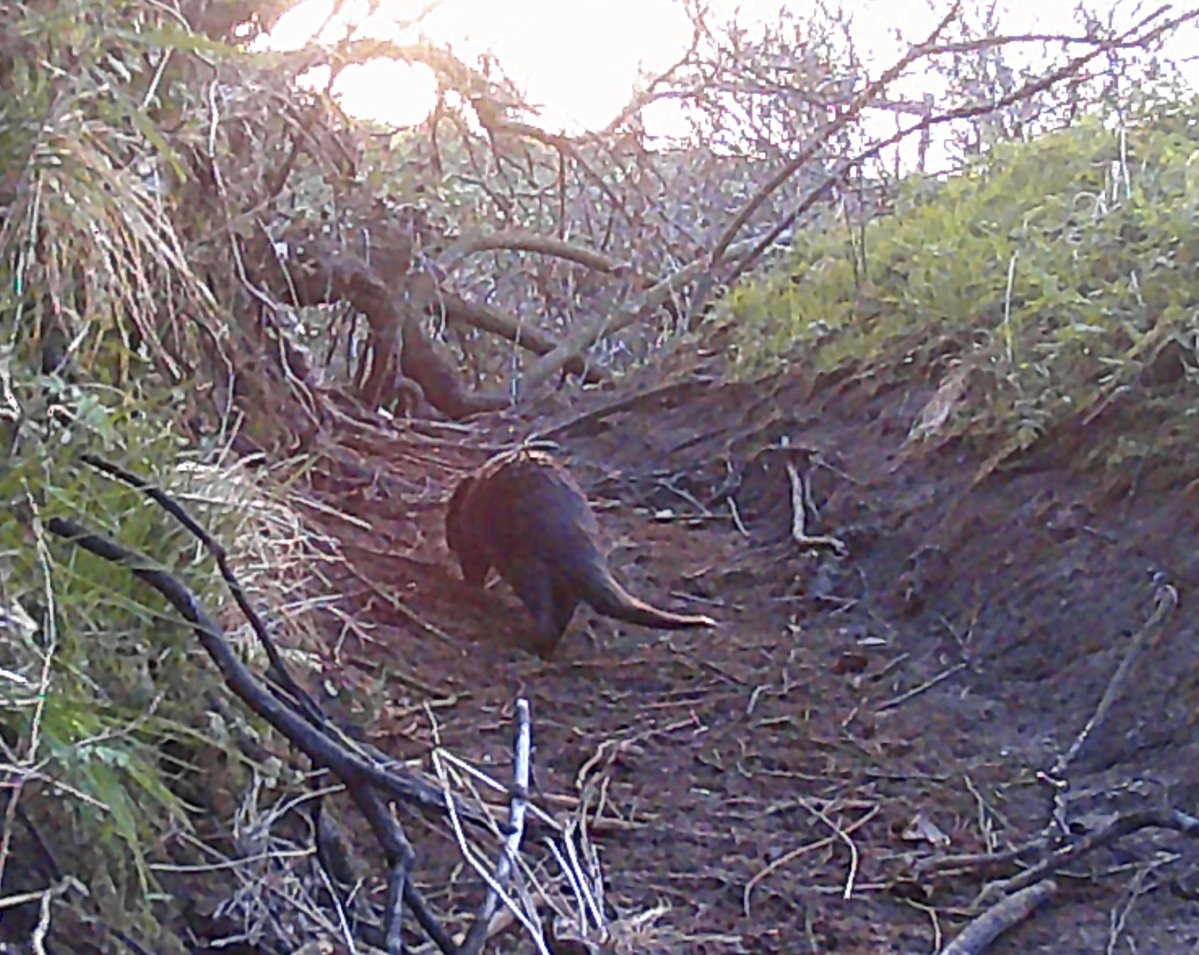
Otter Ottercam catches a glimpse -
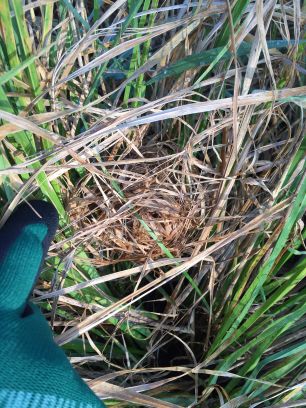
Harvest Mouse Nest A short survey revealed 8 nests -
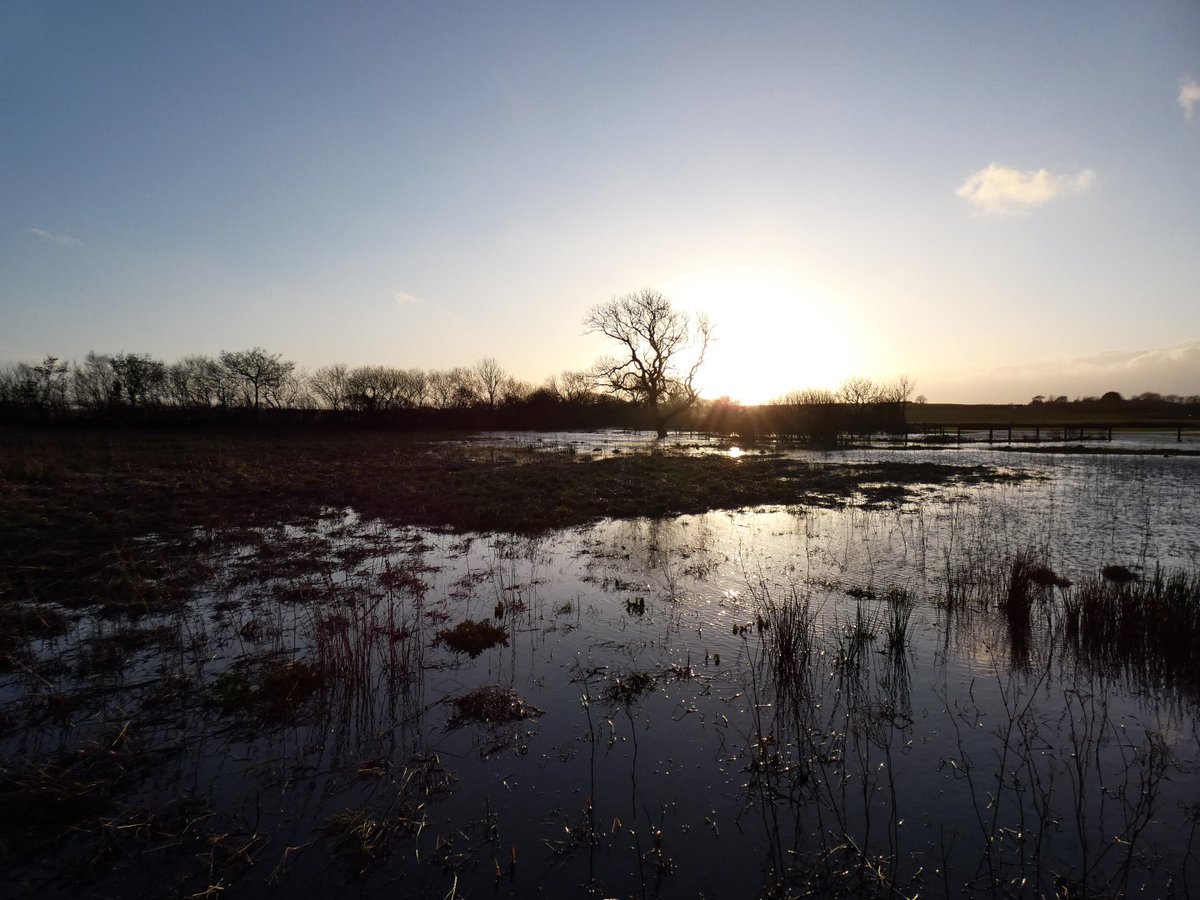
Evening Tamarstone doing its work on a winter's evening -

River March 2021 and 24 Snipe in the grass






